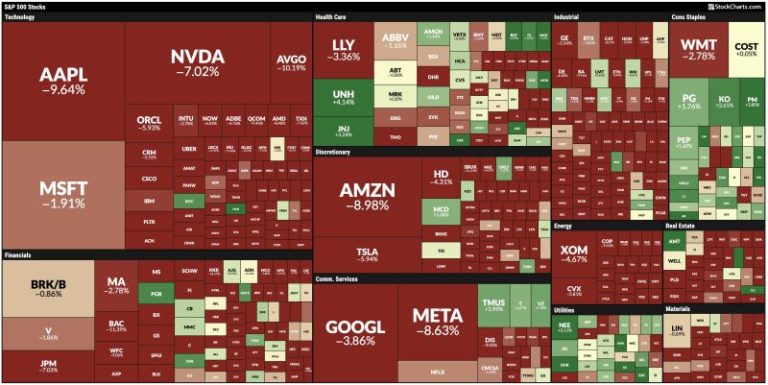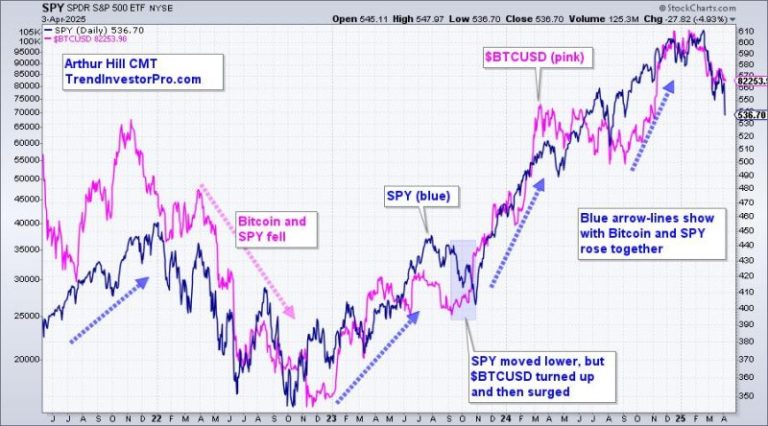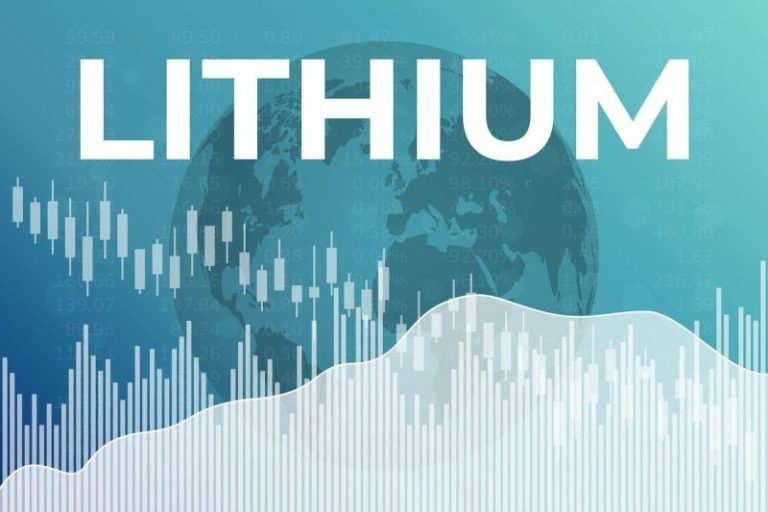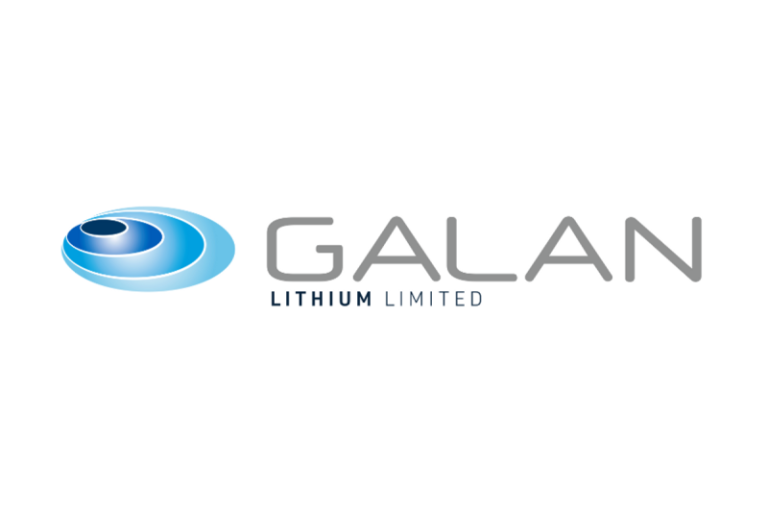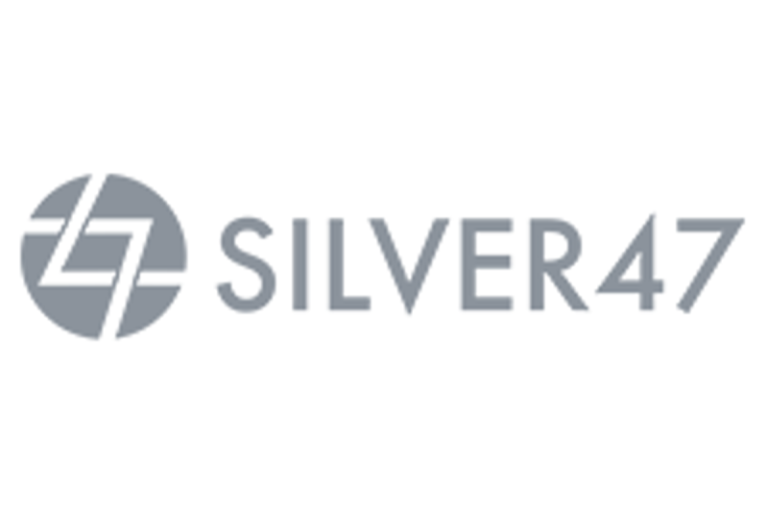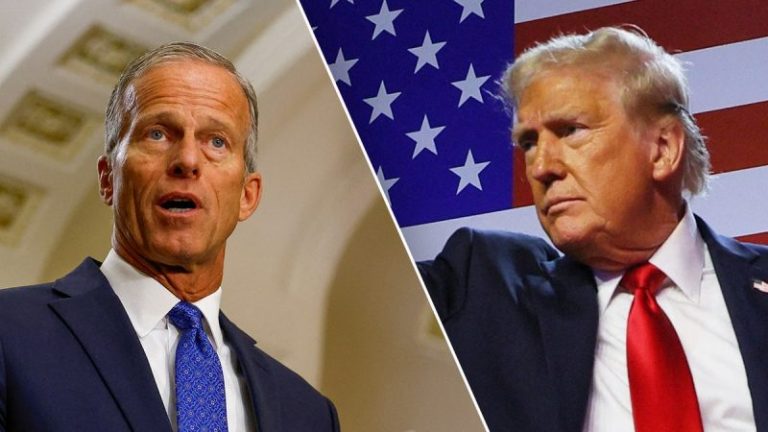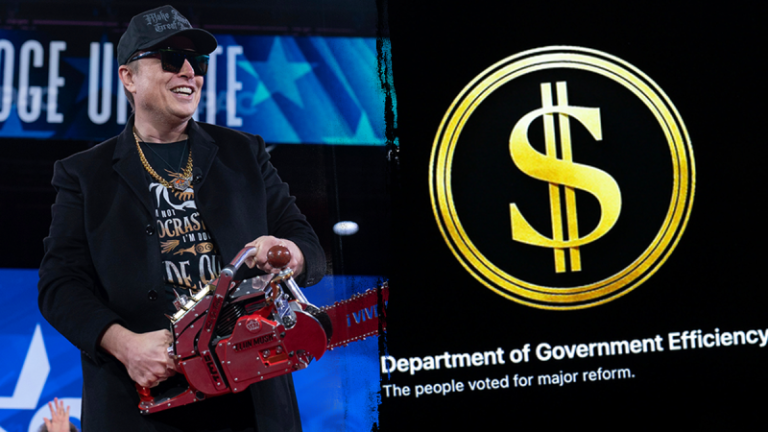Not for distribution to United States Newswire Services or for dissemination in the United States
Silver47 Exploration Corp. (TSXV: AGA) (OTCQB: AAGAF) (‘Silver47’ or the ‘Company’) is pleased to announce the completion of its previously announced non-brokered private placement (the ‘Private Placement’), raising gross proceeds from the fourth tranche of $1,800,000 through the issuance of 3,600,000 (the ‘Units’) at a price of $0.50 per Unit. The Company issued an aggregate of (i) 18,538,400 Units and (ii) 929,192 flow-through units of the Company (the ‘FT Units’) at a price of $0.57 each, for aggregate gross proceeds to the Company of approximately $9.8 million under the Private Placement.
‘We are extremely grateful for the strong support from our existing and new shareholders, which allowed us to upsize this private placement from $3 million to $9.8 million’ Commented Gary R. Thompson, CEO ‘This level of support reflects the confidence in our projects and growth potential. With these funds, we are well-positioned to carry out an exciting and productive year of exploration and development at our Red Mountain Project in Alaska.’
Each Unit consists of one common share in the capital of the Company (the ‘Common Share‘) and one-half of one Common Share purchase warrant (with each full warrant being a ‘Warrant‘). Each Warrant will entitle the holder to acquire one Common Share at a price of $0.75 within 36 months following issuance.
In connection with the final closing, the Company paid aggregate finders’ fees of $51,940 in cash, representing 7% of the aggregate proceeds raised by the finders, and issued 103,880 finders’ warrants (the ‘Finders’ Warrants‘), representing 7% of the number of securities sold to subscribers introduced to the Company by the finders. Each Finders’ Warrant is exercisable for one Common Share at an exercise price of $0.75 for a period of 36 months from the date of issuance. The Company paid aggregate finders fees of $336,234 in cash and issued 669,158 finders’ warrants under the Private Placement.
All securities issued pursuant to the Private Placement are subject to a restricted hold period of four months and a day from the date of issuance under applicable Canadian securities legislation. The Private Placement remains subject to the final approval of the TSX Venture Exchange (the ‘TSXV‘).
Corporate Update
Concurrent with the completion of the Private Placement, the Company has granted to certain directors, officers, employees and consultants of the Company an aggregate of 2,600,000 stock options (the ‘Options‘). The Options are exercisable for a 10-year period from the date of grant and will vest in two equal installments, 12 and 24 months from the date of grant. Each vested Option will entitle the holder to acquire one Common Share at an exercise of $0.60. The Options are subject to the terms and conditions of the Company’s share compensation plan and the policies of the TSXV. Of the Options granted above, 300,000 Options were granted to High Tide Consulting Corp. (‘High Tide‘), a provider of investor relations services, pursuant to the Contractor’s Agreement (as such term is defined below).
The Company has engaged the services of High Tide to provide corporate communications, investor relations and strategic marketing services in compliance with the policies of the TSXV and applicable securities laws. High Tide is expected to heighten capital market awareness and understanding of the Company and to assist with managing investor communications and expectations, through various outreach and marketing programs.
In connection with the engagement of High Tide, the Company and High Tide has entered into an independent contractor’s agreement (the ‘Contractor’s Agreement‘). Pursuant to the terms of the Contractor’s Agreement, the Company has agreed to pay High Tide a cash fee of C$7,500 plus applicable taxes per month and grant 300,000 Options as indicated above. The Contractor’s Agreement is for an initial term of six months and may be terminated by either party on at least 30 days written notice.
High Tide is a company based in British Columbia, Canada, and offers a full suite of investor relations and communications services for public and private companies. High Tide is an arm’s length party to the Company. High Tide has no present, direct or indirect interest in the Company or its securities, nor any right or present intention to acquire such an interest except as otherwise provided in this release. High Tide and its clients may acquire an interest in the securities of the Company in the future.
This news release does not constitute an offer to sell or a solicitation of an offer to buy nor shall there be any sale of any securities in any jurisdiction in which such offer, solicitation, or sale would be unlawful. The securities have not been and will not be registered under the United States Securities Act of 1933, as amended (the ‘1933 Act‘), or any state securities laws and may not be offered or sold in the ‘United States’ or to ‘U.S. persons’ (as such terms are defined in Regulation S under the 1933 Act) unless registered under the 1933 Act and applicable state securities laws, or an exemption from such registration requirements is available.
About Silver47 Exploration Corp.
Silver47 Exploration Corp. is a Canadian-based exploration company that wholly-owns three silver and critical metals (polymetallic) exploration projects in Canada and the US. These projects include the Red Mountain Project in southcentral Alaska, a silver-gold-zinc-copper-lead-antimony-gallium VMS-SEDEX project. The Red Mountain Project hosts an inferred mineral resource estimate of 15.6 million tonnes at 7% ZnEq or 335.7 g/t AgEq, totaling 168.6 million ounces of silver equivalent, as reported in the NI 43-101 Technical Report dated March 2, 2023. The Company also owns the Adams Plateau Project in southern British Columbia, a silver-zinc-copper-gold-lead SEDEX-VMS project, and the Michelle Project in the Yukon Territory, a silver-lead-zinc-gallium-antimony MVT-SEDEX project. For detailed information regarding the resource estimates, assumptions, and technical reports, please refer to the NI 43-101 Technical Report and other filings available on SEDAR at www.sedarplus.ca. The Common Shares are traded on the TSXV under the ticker symbol AGA.
For more information about the Company, please visit www.silver47.ca and see the Technical Report filed on SEDAR+ (www.sedarplus.ca) and titled ‘Technical Report on the Red Mountain VMS Property Bonnifield Mining District, Alaska, USA with an effective date January 12, 2024, and prepared by APEX Geoscience Ltd.’.
Follow us on social media for the latest updates:
On Behalf of the Board of Directors
Mr. Gary R. Thompson, Director and CEO
gthompson@silver47.ca
For investor relations
Meredith Eades
info@silver47.ca
778.835.2547
No securities regulatory authority has either approved or disapproved of the contents of this release. Neither the TSXV nor its Regulation Services Provider (as that term is defined in the policies of the TSXV) accepts responsibility for the adequacy or accuracy of this release.
FORWARD-LOOKING STATEMENTS
This release contains certain ‘forward looking statements’ and certain ‘forward-looking information’ as defined under applicable Canadian securities laws. Forward-looking statements and information can generally be identified by the use of forward-looking terminology such as ‘may’, ‘will’, ‘expect’, ‘intend’, ‘estimate’, ‘upon’ ‘anticipate’, ‘believe’, ‘continue’, ‘plans’ or similar terminology. Forward-looking statements and information include, but are not limited to: ; anticipated use of proceeds from the Private Placement; vesting and exercise of the Options; High Tide’s services to be performed pursuant to the Contractor’s Agreement; ability to obtain all necessary regulatory approvals; the statements in regards to existing and future products of the Company; and the Company’s plans and strategies. Forward-looking statements and information are based on forecasts of future results, estimates of amounts not yet determinable and assumptions that, while believed by management to be reasonable, are inherently subject to significant business, economic and competitive uncertainties and contingencies. Forward-looking statements and information are subject to various known and unknown risks and uncertainties, many of which are beyond the ability of the Company to control or predict, that may cause the Company’s actual results, performance or achievements to be materially different from those expressed or implied thereby, and are developed based on assumptions about such risks, uncertainties and other factors set out herein, including but not limited to: ; receipt of required regulatory approvals of the Private Placement; engagement of High Tide on the terms described in the Contractors’ Agreement; the use of proceeds not being as anticipated; the vesting and exercise of the Options; the Company’s ability to implement its business strategies; risks associated with general economic conditions; adverse industry events; stakeholder engagement; marketing and transportation costs; loss of markets; volatility of commodity prices; inability to access sufficient capital from internal and external sources, and/or inability to access sufficient capital on favourable terms; industry and government regulation; changes in legislation, income tax and regulatory matters; competition; currency and interest rate fluctuations; and the additional risks identified in the Company’s financial statements and the accompanying management’s discussion and analysis and other public disclosures recently filed under its issuer profile on SEDAR+ and other reports and filings with the TSXV and applicable Canadian securities regulators. The forward-looking information are made based on management’s beliefs, estimates and opinions on the date that statements are made and the Company undertakes no obligation to update forward-looking statements if these beliefs, estimates and opinions or other circumstances should change, except as required by applicable securities laws.
To view the source version of this press release, please visit https://www.newsfilecorp.com/release/247329


